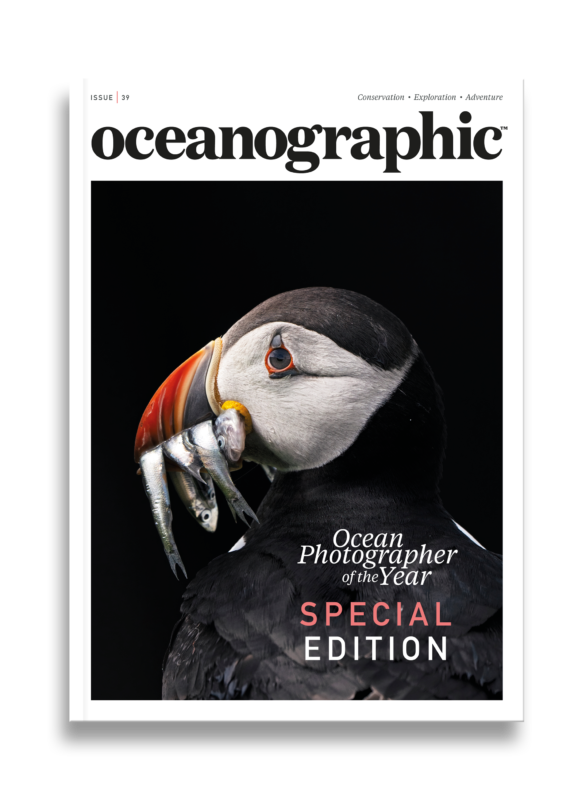According to recent state statistics posted by Public Employees for Environmental Responsibility (PEER), the first six weeks of 2021 have seen extremely high mortality rates of Florida’s manatees.
Between January 1 and February 12, 2021, 317 manatees have died, according to Florida Fish and Wildlife Conservation Commission (FWC) listings – more than half of the five-year annual average for manatee mortality, which was 578.

“Florida may be moving into a manatee extinction crisis,” said PEER Executive Director Tim Whitehouse, noting the Florida manatee is classified as threatened under the federal Endangered Species Act. “With climate change and competition among the manatees for warm water and limited foraging grounds, recent gains in the manatee population are being quickly reversed.”
Additionally, restrictions due to the COVID-19 pandemic have resulted in 211 of the documented dead manatees were not necropsied, unlike previous years. The absence of necropsies means that no cause of death is listed. As a result, the role of contributing factors such as collisions with watercraft, which had reached a peak in 2019, is no longer discernible. The total number of un-necropsied manatees in the first six weeks of 2021 is already equal to the un-necropsied total for the whole of 2020.

The count of manatees in Florida’s synoptic survey is in decline, from an estimated 6,620 in early 2017 to only 5,733 in 2019, the date of the last state aerial survey of all wintering habitats.
Experts believe that cold stress is a key factor resulting in manatee deaths. In 2021 so far 38 manatees have succumbed to cold stress, a figure that is rapidly approaching the average loss for a full year from that cause.
“By far, the largest determinant of manatee survival is human behaviour,” added Florida PEER Director Jerry Phillips. “Habitat loss, boat collisions, lack of foraging areas, and toxic red tides are three leading causes of manatee deaths, and all are within our ability to curb.”
Photography courtesy of Jim Reid, the US Fish and Wildlife Service and the FWC Fish and Wildlife Research Institute.
For more from our Ocean Newsroom, click here.




